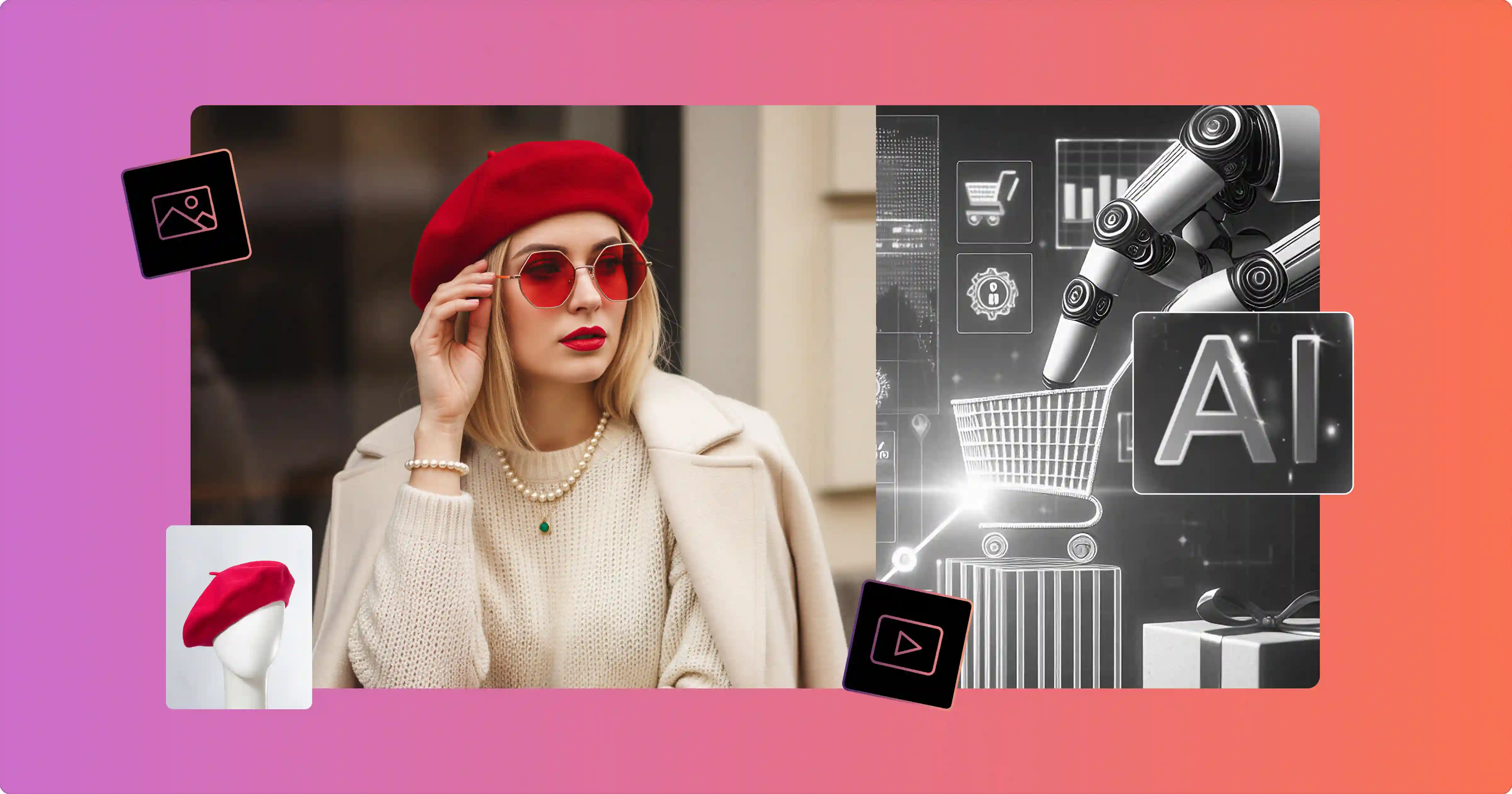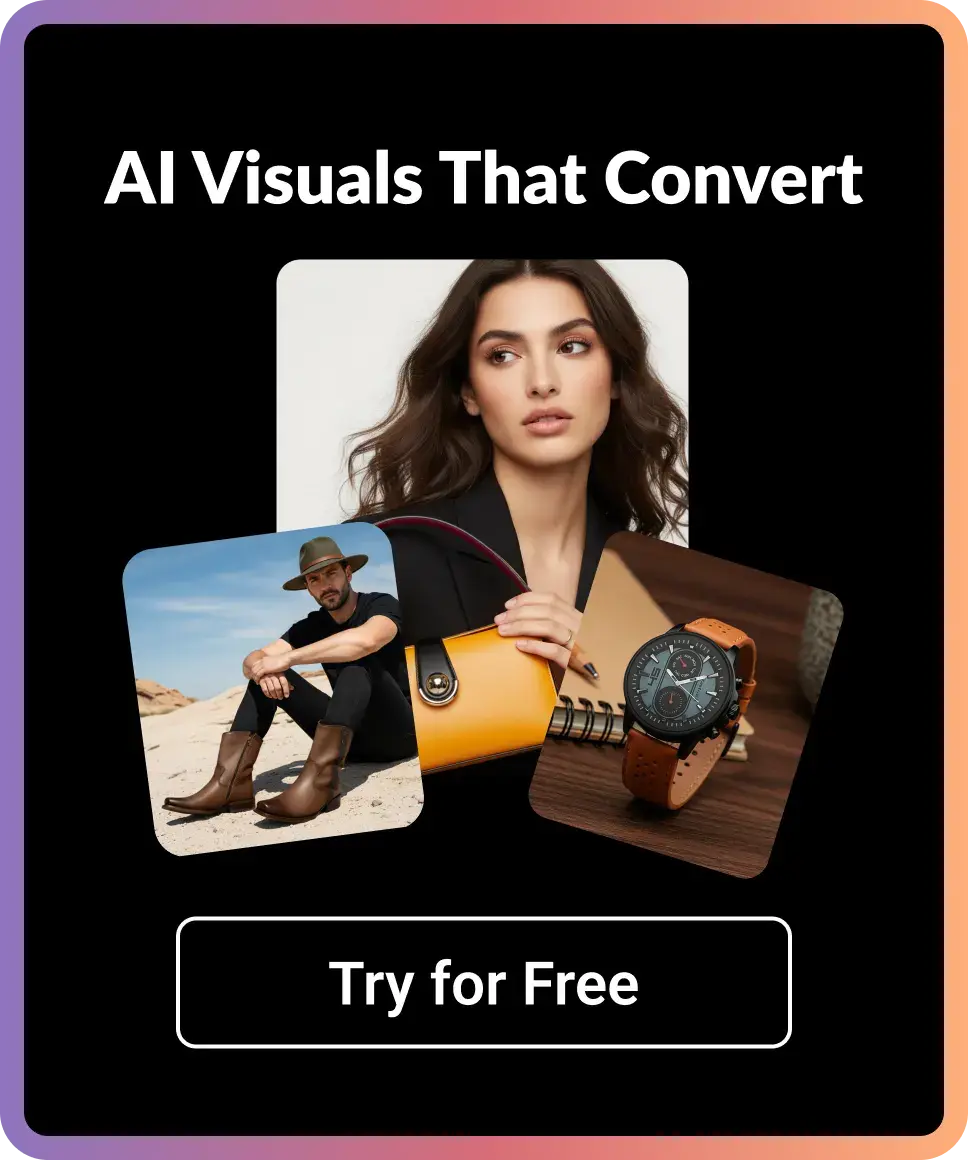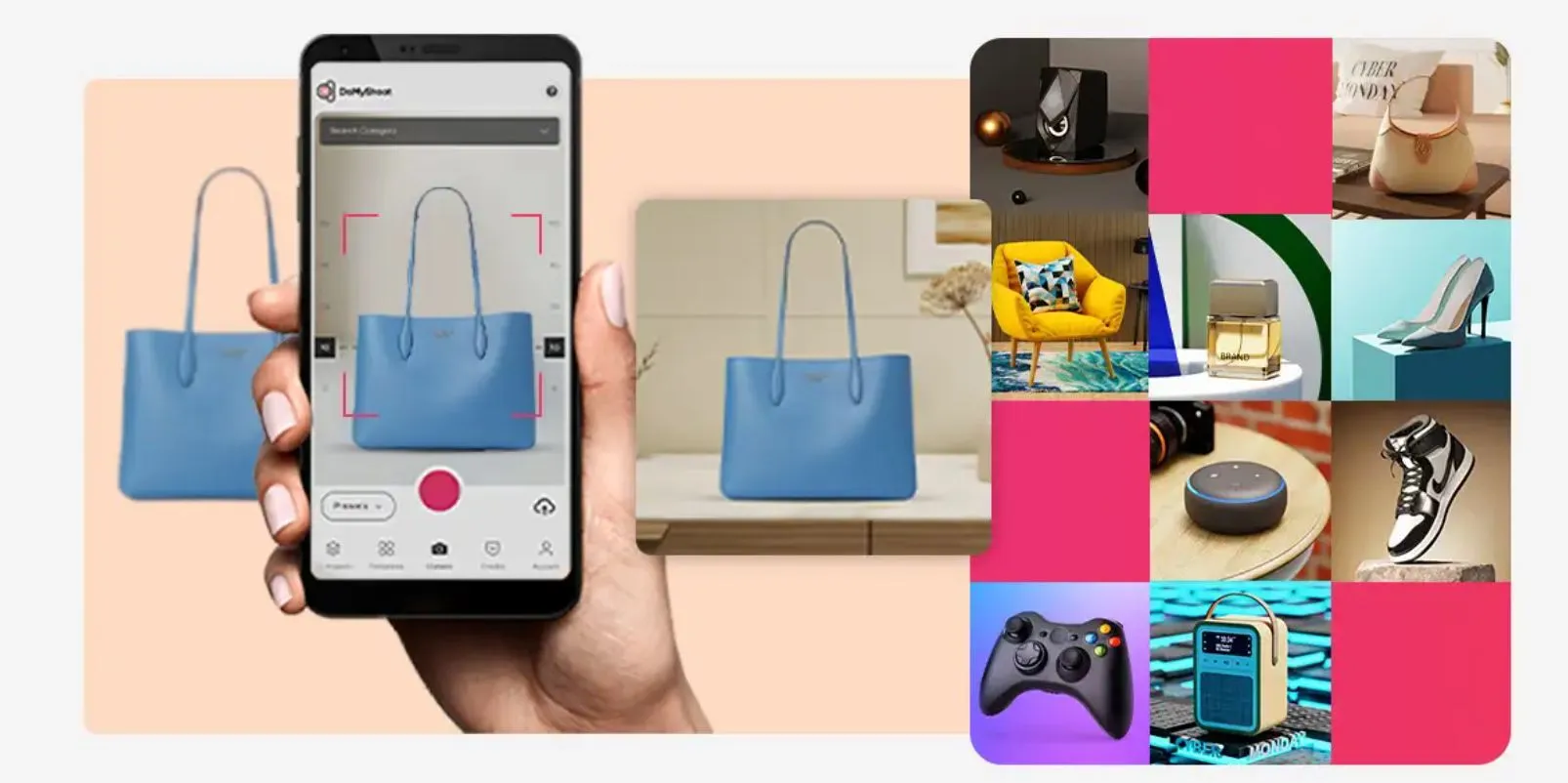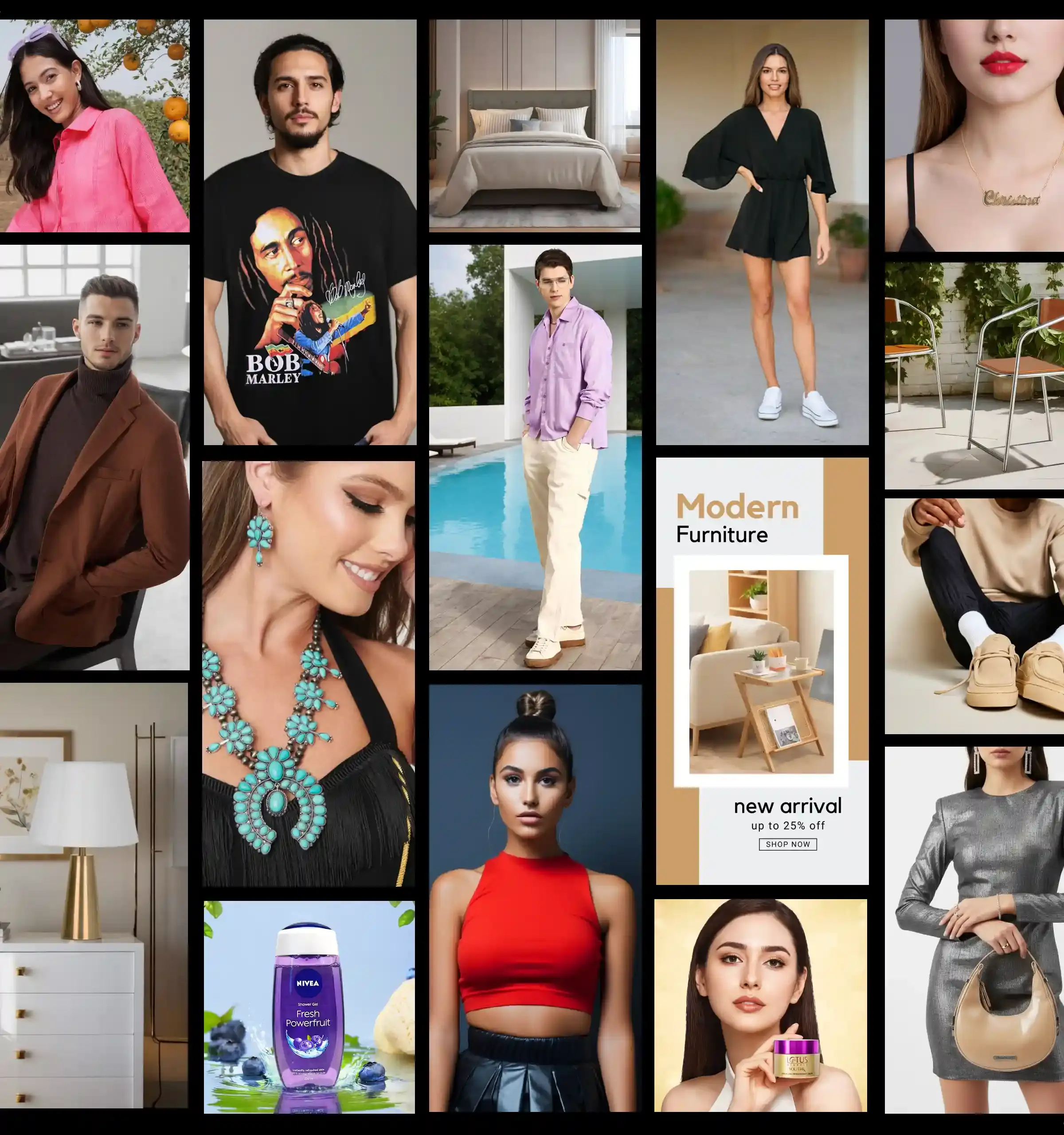Introduction
Innovation in eCommerce is occurring faster than ever. The way online shoppers find, evaluate, and buy products has completely changed in only the last year. A simple product listing with crisp white photos and technical details has evolved into a dynamic experience that combines speed with brand authenticity and storytelling.
As a business that closely collaborates with global marketplaces and DTC fashion labels, we are seeing this change firsthand. The topic of discussion has changed from “How do we produce content faster?” to “How do we create the kind of visuals that actually follow marketing trends and make people buy?”
Factors Influencing eCommerce Trends
Here’s my take on the seven major factors influencing eCommerce trends in 2026 as a result of that change:
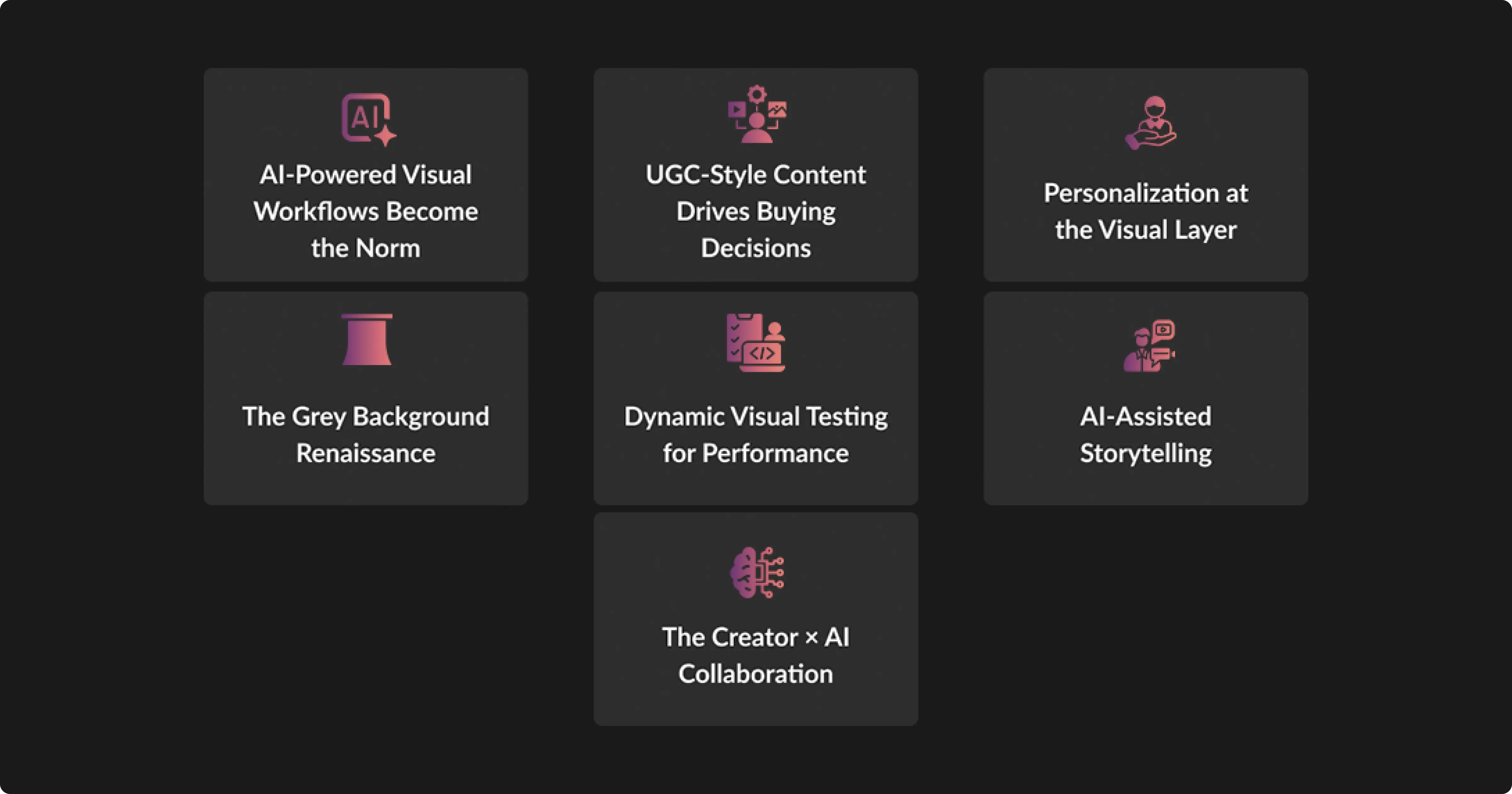
1. AI-Powered Visual Workflows Become the Norm
The days of expensive, time taking photo-shoots, laborious image editing, and multiple agency hand-offs are long gone. AI workflows that reduce the entire production process—from shot to final visual—to minutes are being adopted by brands everywhere.
Even high-end fashion brands like Pinko, Coach and Hugo Boss are testing AI-led image generation for product listings and videos. It’s no longer about replacing creativity; recent trends in marketing are about giving creative teams speed, control and consistency at scale.
2. UGC-Style Content Drives Buying Decisions
Across large marketplaces, we’re seeing a massive demand for creator-style, authentic video content. The reason is simple: UGC feels real, relatable and trustworthy. Static studio images no longer drive conversion the way they used to—today’s shoppers want to see products in motion, on real people, in real contexts. AI tools and AI workflows have brought that innovation in the ecommerce industry.
Marketplaces are even prioritizing UGC formats in their listings because they outperform traditional visuals on engagement and conversion.
Bottom line: if your visuals are all studio, static and one-size-fits-all, you’re leaving real conversion leverage on the table.

3. Personalization at the Visual Layer
According to recent trends in marketing, personalization now involves more than just displaying the appropriate product; it also involves presenting the correct image of that product. Imagine browsing an online store where your location, preferences, or previous purchases affect the product photo you see.
From localization, we are seeing a shift towards hyper-personalization becoming key to every brand’s content strategy.
AI is the future of ecommerce and is enabling brands to adapt not only recommendations, but imagery to each audience segment. This shift toward personalized visuals will define brand differentiation in the year to come.
4. The Grey Background Renaissance
A silent revolution in design has occurred. The once-dominant white backdrop is giving way to softer, more subdued colors like light grey, taupe, and beige. These colors offer a modern appearance, add texture, enhance brand impression, and make products feel both upscale and approachable.
For brands willing to follow marketing trends and aim for consistency across marketplaces and owned channels, this subtle visual evolution is proving powerful.
5. Dynamic Visual Testing for Performance
For years, the process of creating visual content has been based on intuition: what looked nice to most team members in a meeting ended up on the internet. That is no longer sufficient.
Today’s marketers leverage innovation in ecommerce and use visual performance data to determine what works, such as – which lifestyle setting generates the most “add to cart”, which background converts better, and which model perspective receives more clicks.
At Dresma, this is at the heart of our proposition — moving from creative guesswork to data-driven content production, helping brands to identify not only visuals that are aesthetically appealing, but ones that are driving sales.
6. AI-Assisted Storytelling
The foundation of effective marketing has always been storytelling. What’s the difference now? AI makes it easier to scale.
AI is enabling marketers to create stories that were previously too costly or time-consuming—from producing lifestyle images centred around a single product to product videos that develop like a mini-story. Recent trends in marketing include visual storytelling, which is becoming just as quantifiable as performance advertisement.
7. The Creator × AI Collaboration
The future isn’t about human creativity being replaced—it’s about it being further enhanced.
The most successful brands will be those that bring creators and AI together, combining intuition with intelligence. A creative director’s vision, powered by AI tools that can instantly visualize, iterate and adapt, will define the future of ecommerce and build the next generation of brand content.
Data that tells the Story
Let’s bring some hard numbers into play – because talking about “better visuals” sounds good, but you want levers. Here are some compelling data points:
- 81% of consumers consider brand trust to be a deciding factor in purchase decisions and prefer buying products from a company that they feel connected to over any of its competitors implying that storytelling is key to brand growth
- 85% of shoppers think that product information and pictures are important to them when deciding which brand to buy from
- When visitors interacted with visual UGC (photos/videos from earlier customers) in the apparel vertical, conversion lift averaged +151%
- A study found that 82% of shoppers say UGC is extremely valuable when deciding on purchases; 81% of e-commerce marketers say visual UGC is more effective than branded photos or influencer content
- A recent report by Mckinsey suggests that when brands nail hyper personalized interactions, top performers amongst them reap 40% more revenue from personalization than their peers
These stats tell a story: visuals aren’t just nice to have—they’re a measurable part of your revenue equation. So when fashion DTC brands or large marketplaces ask, “What should we create?” we’ve got a sharper answer aligning with marketing trends: “Create visuals structured for performance, not just polish.”

The Dresma Perspective
At Dresma, we’re proud to be building this future from the ground up.
Our platform helps eCommerce and fashion brands create data-backed, high-performing visual assets—automating what can be automated, and freeing teams to focus on what truly matters: running campaigns at scale and measuring impact to maximize returns.
We’re working with global retailers and digital-first brands to help them transition from static content to performance-driven visuals that convert—whether it’s marketplace listings, UGC-style videos, or lifestyle imagery built intelligently through AI.
The question for 2026 isn’t “What should we create?” anymore. It’s “How do we make every image and video work harder for our brand?”
And that’s exactly what we’re helping brands do with Dresma.



